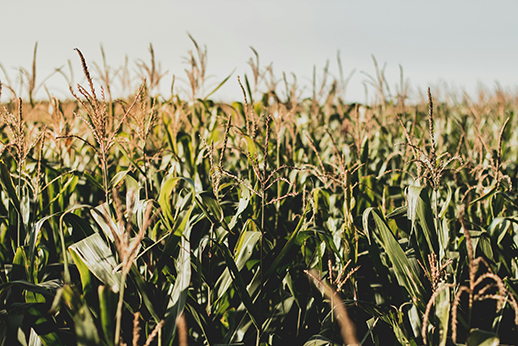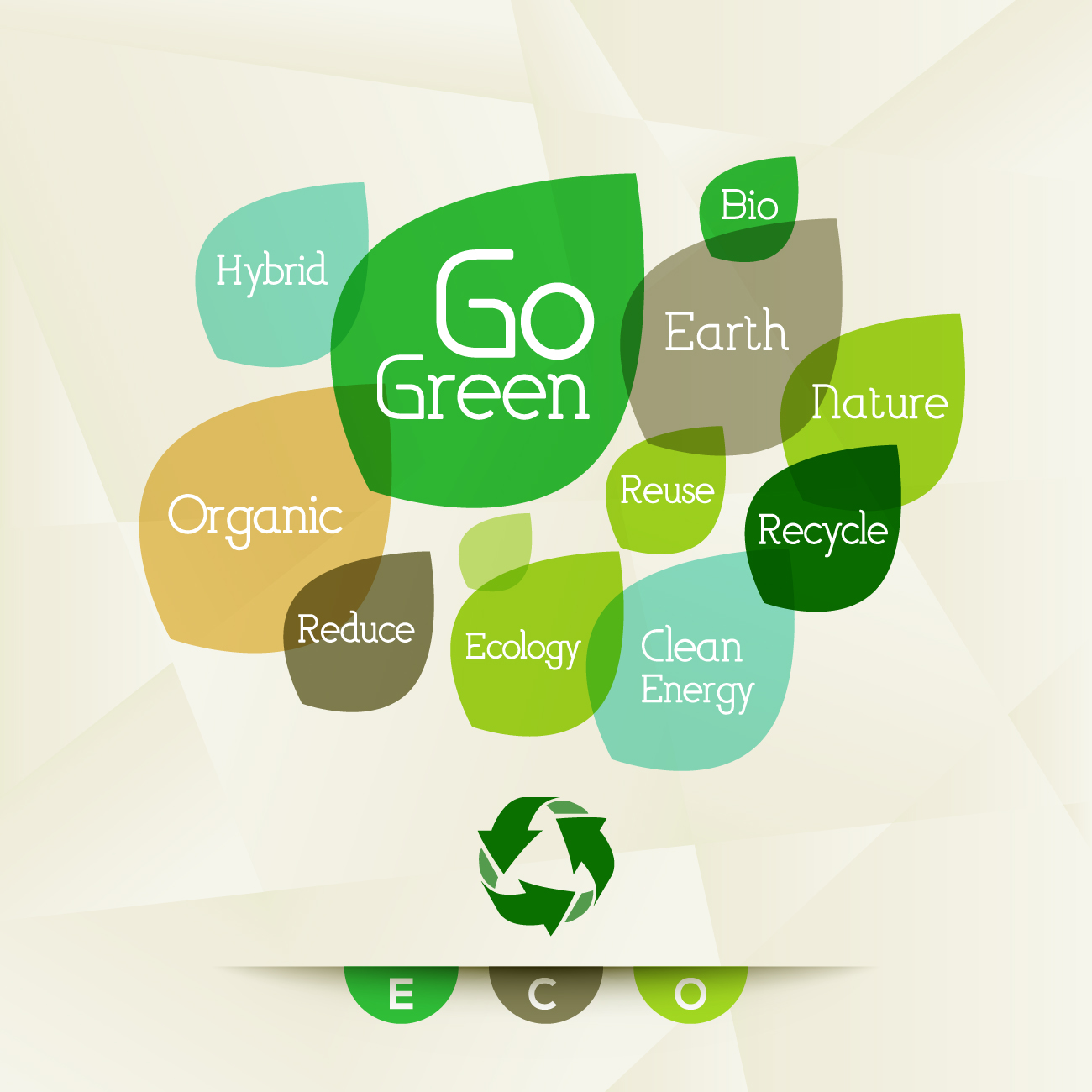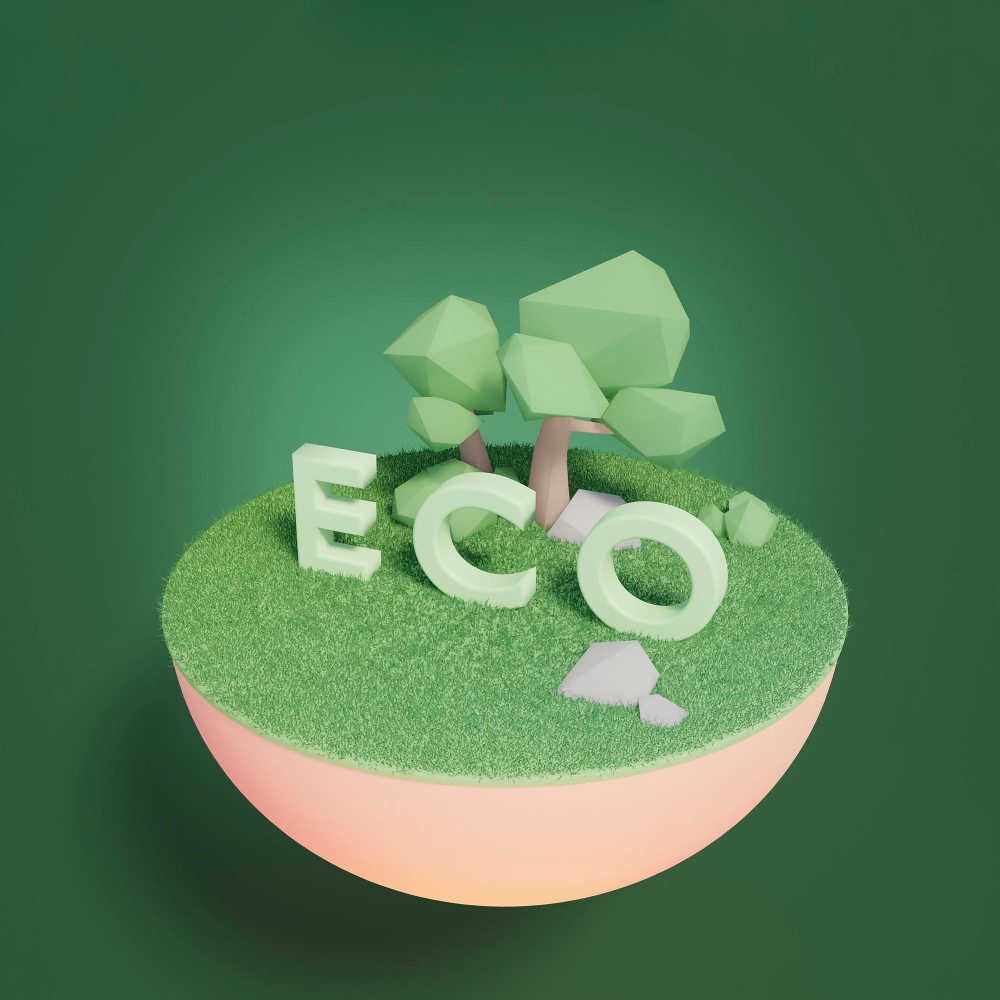Introduction
Plastic pollution has become one of the most pressing environmental challenges of our time. As a response, many industries are shifting towards compostable bioplastics as an alternative. But what exactly are compostable bioplastics, and how do they contribute to a sustainable future? This blog explores the composition, benefits, and challenges of using compostable bioplastics.
What Are Compostable Bioplastics?
Compostable bioplastics are made from renewable biological resources such as corn starch, sugarcane, potato starch, and vegetable fats. Unlike conventional plastics, which are derived from fossil fuels, bioplastics are designed to break down naturally under composting conditions.

Benefits of Compostable Bioplastics
-
Reduces Plastic Waste – Since bioplastics decompose naturally, they significantly reduce plastic pollution.
-
Made from Renewable Resources – Unlike traditional plastics, which rely on petroleum, bioplastics utilize sustainable resources.
-
Lower Carbon Footprint – The production of compostable bioplastics emits fewer greenhouse gases compared to conventional plastics.
-
Safe for the Environment – Compostable bioplastics do not release toxic chemicals when they degrade.
-
Supports Circular Economy – They promote a waste-free model by returning organic matter back to the environment.
Challenges of Compostable Bioplastics
Limited Composting Facilities – Many areas lack industrial composting facilities to properly degrade bioplastics.
Higher Costs – Bioplastics are currently more expensive to produce than traditional plastics.
Consumer Confusion – Many people struggle to distinguish between biodegradable, compostable, and conventional plastics.
Potential for Greenwashing – Some companies mislabel products as compostable without proper certification.
Conclusion
Compostable bioplastics are a promising alternative to conventional plastics, but they are not a perfect solution. For them to be truly effective, better composting infrastructure, consumer education, and regulatory standards must be in place. By making informed choices and advocating for sustainable policies, individuals and businesses can contribute to a greener future.





